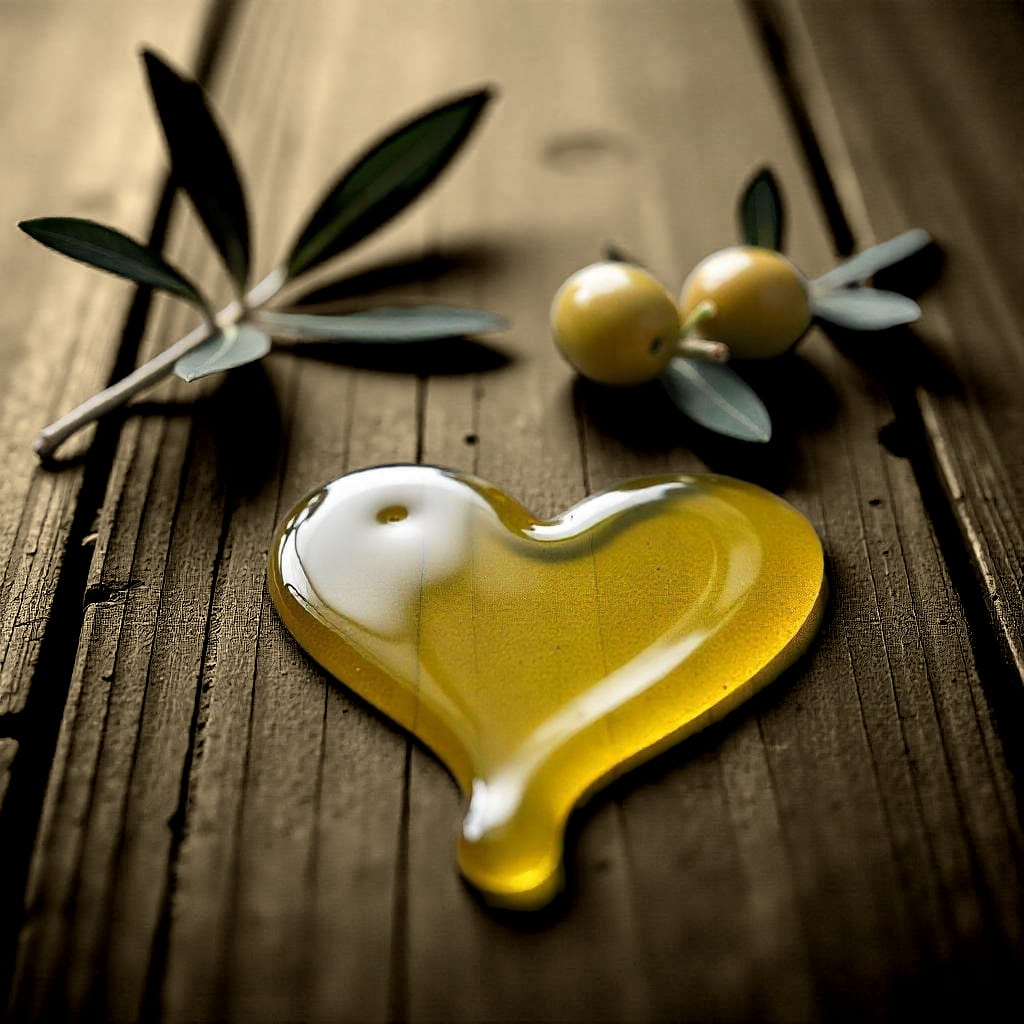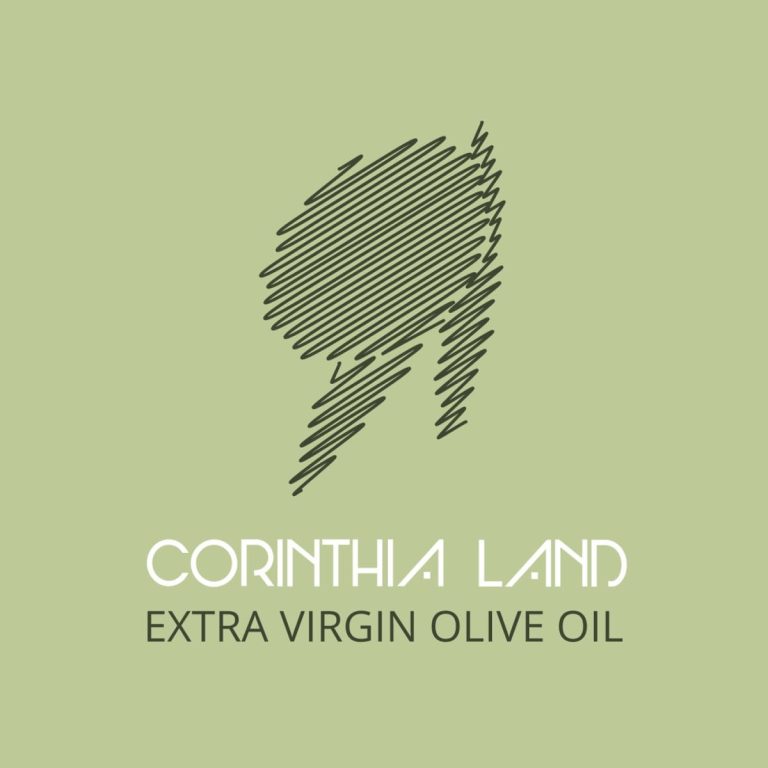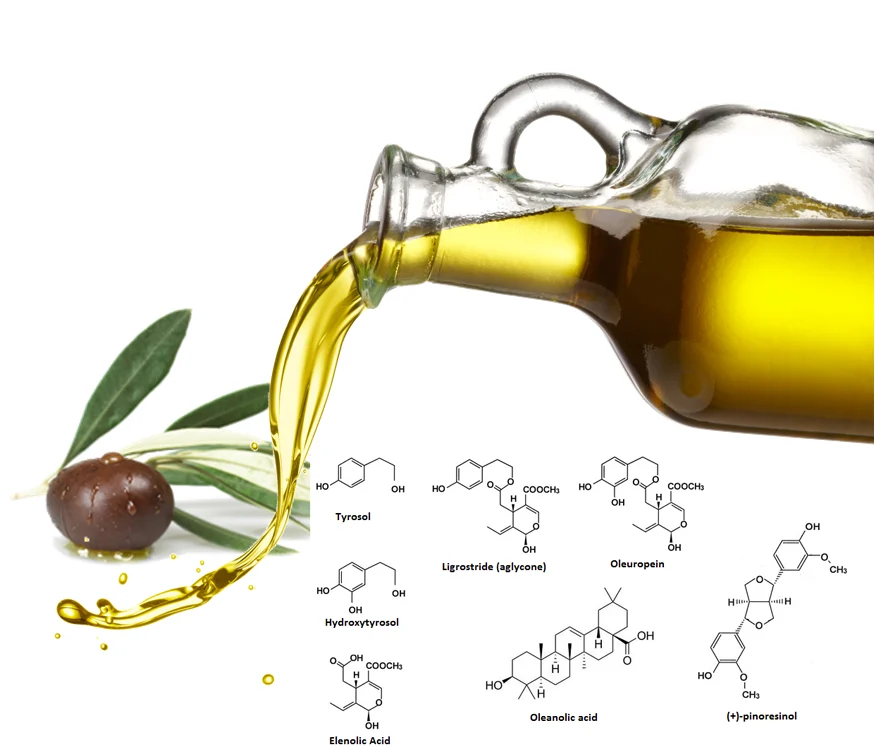Designations and definitions of olive oils

Virgin Olive Oil
Virgin olive oil is obtained solely from olives, using mechanical or physical means under conditions that preserve its natural state. It undergoes no treatment other than:
- Washing
- Decanting
- Centrifuging
- Filtering
It excludes any oil made with solvents or re-esterification, and no mixing with oils from other sources is allowed. Virgin olive oil is 100% natural and may carry a designation of origin if it meets specific regional standards.
Classifications of Virgin Olive Oil
- Extra Virgin Olive Oil
- Impeccable taste and aroma
- Fruity
- Acidity ≤ 0.8%
- Virgin Olive Oil
- Excellent taste and aroma
- Fruity
- Acidity ≤ 2%
- Ordinary Virgin Olive Oil
- Good taste, acceptable aroma
- Acidity ≤ 3.3%
- Lampante Virgin Olive Oil
- Acidity > 2%, with sensory defects
- Not fit for direct consumption
- Must be refined
Refined Olive Oil
Refined from defective virgin olive oils, this type undergoes purification to remove undesirable characteristics.
- Acidity ≤ 0.5%
- Lacks flavor unless blended with virgin olive oil
Olive Oil (Blended)
A mixture of refined olive oil and virgin olive oil.
- Acidity ≤ 1.5%
- Offers a balance between quality and price
Olive-Pomace Oil
Produced from olive pomace (solid residue from olive pressing) using solvents, then refined and blended with virgin olive oil.
- Acidity ≤ 1.5%
- Maintains original chemical structure
- Not cold-extracted
Olive Oil & Gastronomy
Olive oil is no longer confined to producing regions — it has become a global symbol of quality cooking.
Frying with Olive Oil
Frying is common throughout the Mediterranean, across Europe, Asia, and Africa, and is shared by Christian, Muslim, and Jewish cuisines.
Modern research shows:
- Frying with olive oil is beneficial to digestion
- The right oil, temperature, and technique are crucial
- No connection exists between olive oil frying and gastric illnesses
Olive Oil Stability When Heated
When heated, oil alters due to:
- Polyunsaturated fat content (higher in seed oils = faster degradation)
- Initial acidity
- Antioxidant content (Vitamin E enhances stability)
- Temperature, duration, and reuse frequency
- Type of food being fried (e.g., oily fish accelerates breakdown)
Olive oil is more stable than seed oils.
Why Olive Oil is Ideal for Frying
- Maintains nutritional value
- High smoking point: 210°C
- Ideal frying temperature: 180°C
- Less breakdown vs. corn oil or butter
- Forms a protective crust on food
- Less oil penetration = lower fat content in food
- Enhances flavor and supports weight control
- Re-usable more often than other oils
- Volume increases slightly when reheated
- Digestibility remains stable even after reuse
🔹 Do not mix olive oil with other fats or oils
🔹 Do not reuse more than 4–5 times
🔹 Always preheat oil before frying
🔹 Use plenty of oil to ensure even cooking
Frying Temperatures
| Temperature | Suitable For |
|---|---|
| 130–145°C | High-water foods: vegetables, potatoes, fruit |
| 155–170°C | Battered, floured, or breadcrumbed items |
| 175–190°C | Small fast-frying items: croquettes, small fish |
✅ Olive oil withstands high heat and remains digestible even after repeated use.


